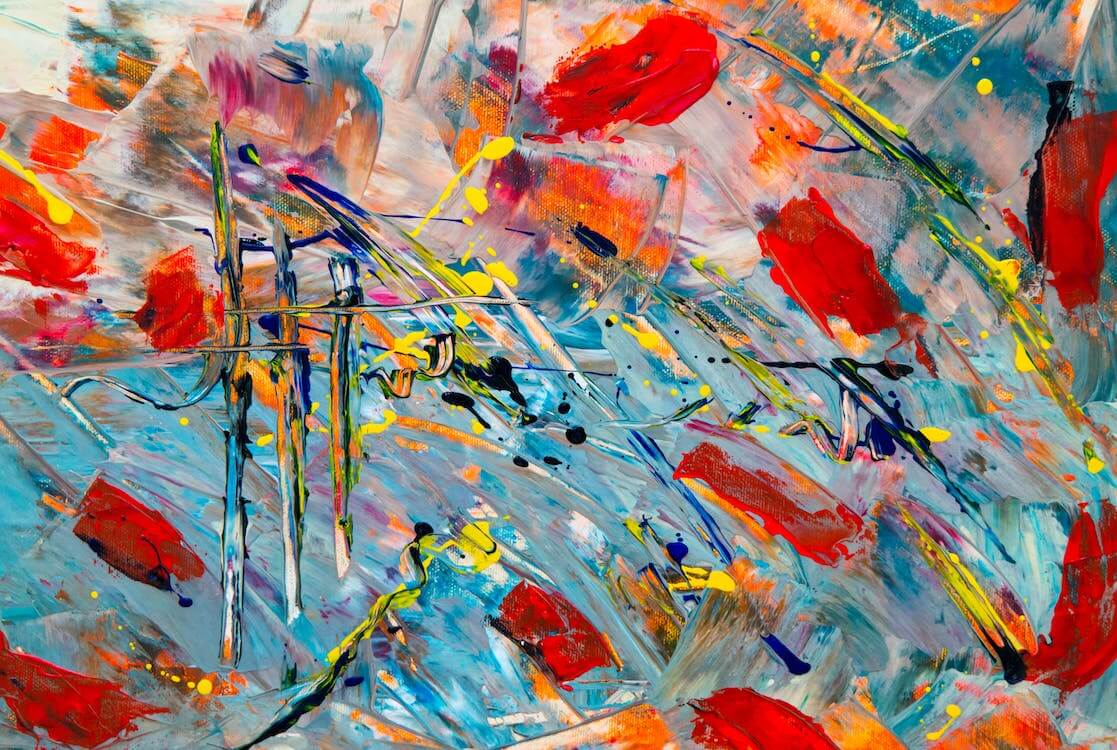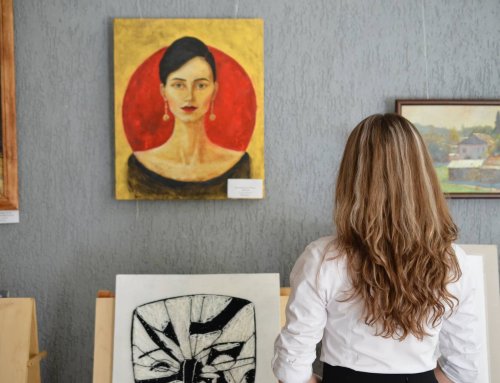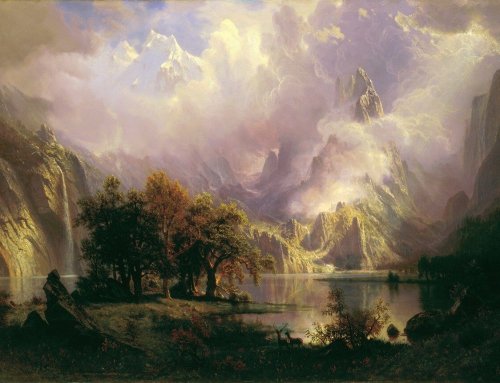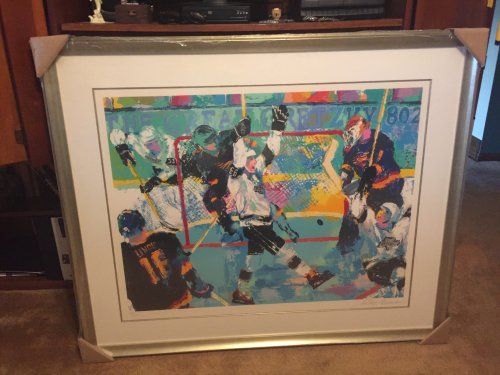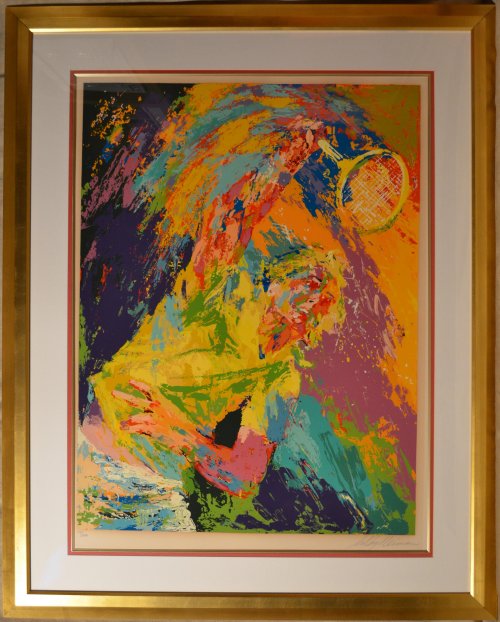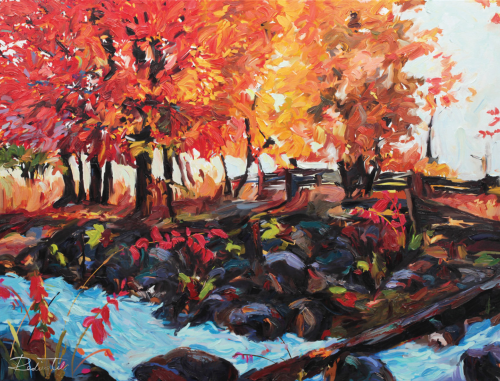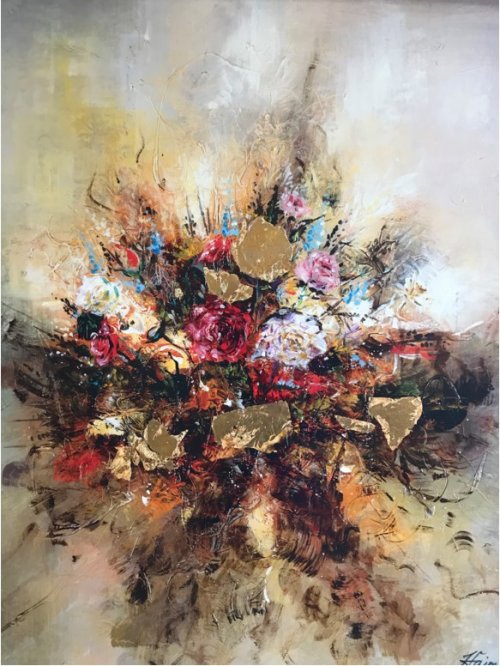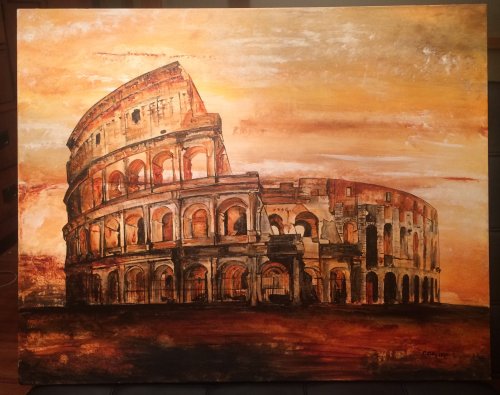Art has long been revered as a tool of creative expression. Yet art is more than merely artful decoration; it is a powerful mode of understanding and processing emotion. Thoughtfully engaging with art can give individuals an intimate look into their inner selves while providing insight into further emotional exploration.
In this way, art is a source of aesthetic pleasure and personal growth. As such, art is not merely a form of expression but an essential tool for self-discovery and understanding one’s emotions on deeper levels. It’s a topic that can seem abstract and ephemeral, but it also touches all of us daily, whether we realize it or not.
This article will explore the many facets of art history, from its importance historically and in today’s society; to its contemporary significance as an investment vehicle.
What Is Art?
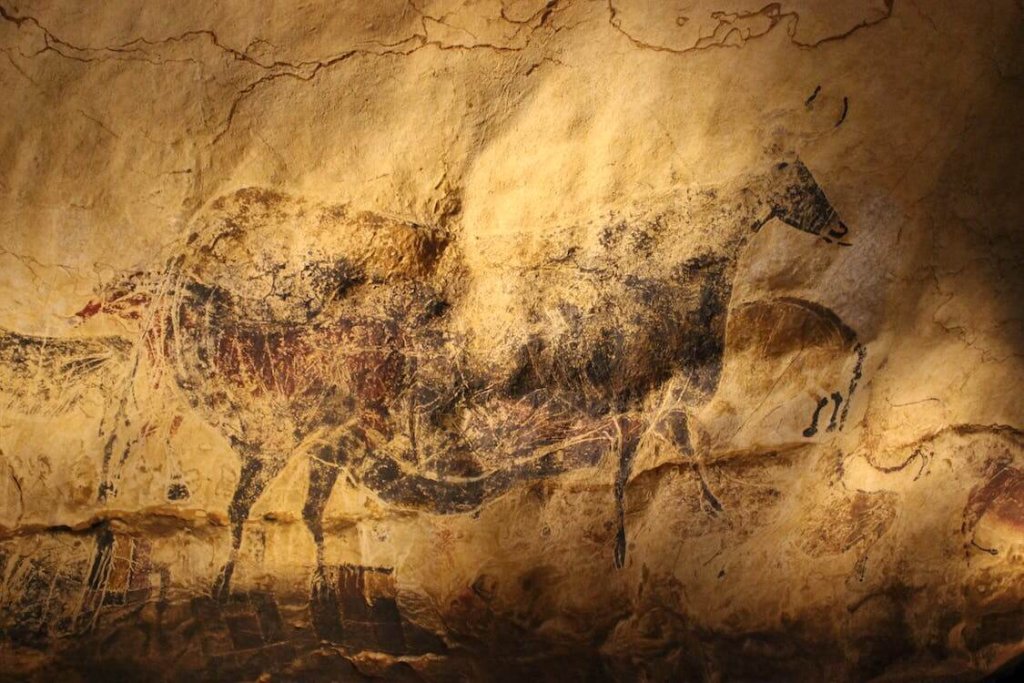
Art is an immense contributor to the advancement of culture, possessing remarkable abilities to arouse feelings and convey emotions.
Whether it’s classic art like painting, sculpture and photography that impacts viewers visually or performing art like music and dance, which allows us to observe art in action, art has the unique capacity to challenge our perceptions and transform our thinking. Literary art such as poetry, literature, and drama further sheds light on humanity’s need for connection, emotion and purpose – traits that art successfully communicates in all forms.
As we continue to appreciate art throughout every era of human culture, art demonstrates its undeniable influence in encouraging new ideas and preserving society’s collective memory.
Art is a complex phenomenon viewed through many different lenses. It can be broadly thought of as the expression and application of human creativity. However, it should be noted that art is highly context-specific and the definition can vary significantly depending on one’s perspective.
Art encompasses many aspects, including aesthetics, creativity, emotion, functionality, and values; this makes art one of the most diverse techniques for representing emotions, ideas and experiences. Ultimately, creating art is about producing something outside of our physical world which speaks to us when words may not seem quite enough.
Art Throughout History
For centuries, art was one of the most important methods of communication in human society. From the earliest cave paintings to medieval times, art was utilized to express religious emotions and educate on spiritual values. A majority of art from earlier times commonly depicted religious figures, events, and messages, furthering the importance of art during this era in society.
Churches or influential leaders commissioned artists to develop works that could inspire individuals with a central theme ranging from human understanding and divine grace to authority and control. Art in the past typically focused on religious subjects, giving art a sacred quality.
The Types and Genres of Art
They can be visual arts like street art, painting, sculpture, or photography; they can be performing arts like music or dance; they can be literary arts like poetry or literature; or they can even be culinary arts like baking or cooking.
Art helps us make sense of our lives by helping us better understand ourselves as human beings through what other people have expressed through their creative works!
Fine Arts
They include painting, drawing, photography, film, theater, and architecture. We usually consider these as “art” when we think of art at all and are generally displayed in galleries or museums and require some skill or talent to produce.
Applied Art
The applied arts include crafts like ceramics, jewelry making, and industrial design (things like cars or furniture). These things are more functional than fine art pieces and are made for use rather than display.
Performance Arts
Performance arts include theater, music, and dance. You can watch someone else do these at a concert or play instead of producing yourself like in a painting or sculpture.
Literature
Literature includes books like novels or poetry collections; these are written by people instead of created by artists working directly on them (although authors often make drawings or paintings for book covers).
Importance of the Art World in Today’s Society
Art is an integral part of society, and it has been since the beginning of human history. We have used art to record our history, express ourselves, have a deeper understanding of our culture, explore new ideas, and connect with others.
The importance of art in society is the very essence of what gives meaning to the community so that we understand who we are today. They include:
Self-Awareness
Art is a way for us to understand the world around us and to understand ourselves. Understanding our place in the world is an essential part of being able to live productively and happily. Art helps us by providing a way to express ourselves, connect with others, and discover new things about ourselves and the world in which we live.
Self-Expression
Self-expression is one of the most important aspects of art. Art allows us to express how we see the world, how we feel about it, what inspires us, and what makes us angry or happy. Art can also help us better understand where other people are coming from when they express themselves through art as well!
Critical Thinking
Art teaches us to think about the world around us and how it affects us. It helps us to be more aware of ourselves and other people, and it can help us gain more respect for the opinions of others, even if we don’t agree with them.
Universal Language
Art communicates messages with people worldwide, regardless of their language or where they live. Artists from different countries have been able to communicate through their work because art is something that everyone understands, regardless of background.
Innovation and Creativity
Art inspires our creative process, which leads to innovation, which is an integral part of any society. Innovations such as new technologies, new medicines, and new ways of thinking can be found in all aspects of life. Without art, these innovations would not exist.
Education and Human Development
Art is also a source of education and knowledge for those interested in learning more about it. Art subjects help to expand one’s horizons by exploring new cultures, places, and times through their creations.
Social Interaction
Artists are often social creatures who enjoy sharing their work with others through exhibitions or other public events where artists can meet each other and potential clients or patrons who might want to commission a piece from them instead!
Importance of Arts as an Investment Vehicle
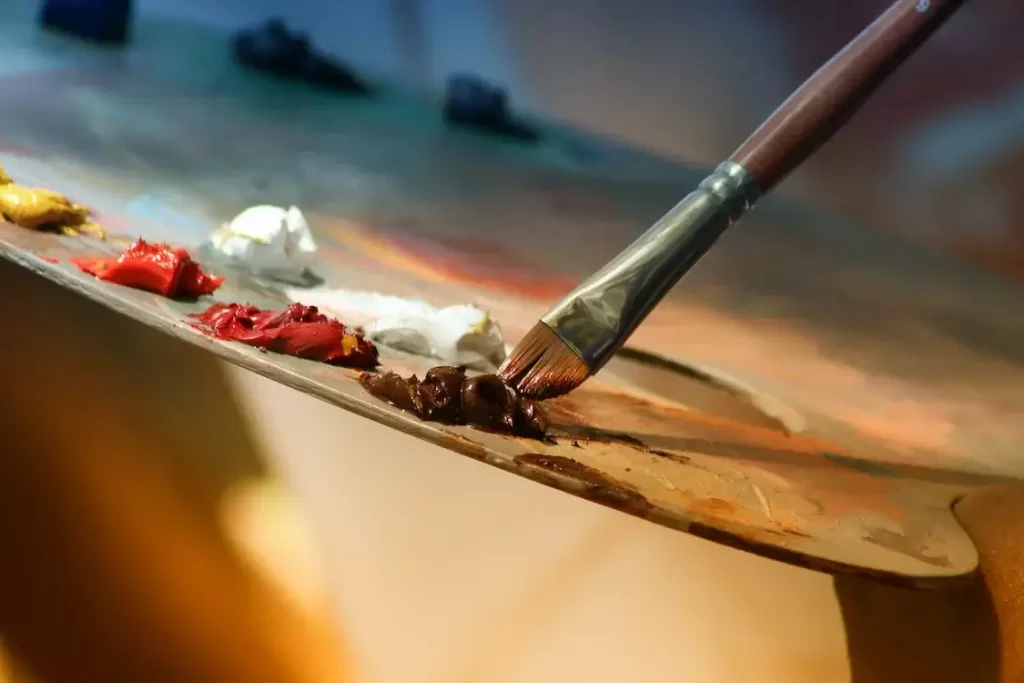
Fine art is an increasingly popular investment. Although any investment carries certain risks, investing in aesthetic objects can be greatly rewarding when done carefully and diligently.
Appreciation in value is one of the most prominent benefits of art investments, especially with well-established artists or those works deemed rare and unique. This makes art an exciting addition to one’s portfolio, as its potential growth rate can exceed that offered by many more traditional investment methods.
In the art market, what may have been worth a mere few thousand dollars when first created can now be worth millions. Several other factors determine this value:
- The artist’s fame.
- The historical context in which the art was created.
- The condition it is in today.
The art market’s sophisticated evaluation system considers a myriad of aspects to truly appraise art pieces and determine their true worth. In many cases, art is considered priceless due to its unique and irreplaceable qualities, as art differs from traditional investments such as stocks that are often governed by rigid laws of supply and demand.
Start Building Your Collection Today!
At Newport Brushstrokes Fine Art, as art distributors, we understand art’s power as a medium for self-expression and its potential to affect our understanding of the human experience profoundly. We appreciate art’s beauty and strive to provide an outlet to help foster creative expression and bring unique, diverse perspectives to viewers.
Through art, audiences can connect with the meaningful messages embedded in artwork and develop a deeper understanding of their own life experiences. By offering art from artists across many backgrounds and styles, we hope to provide viewers with an enriching platform to reflect on the world both within and outside themselves.

